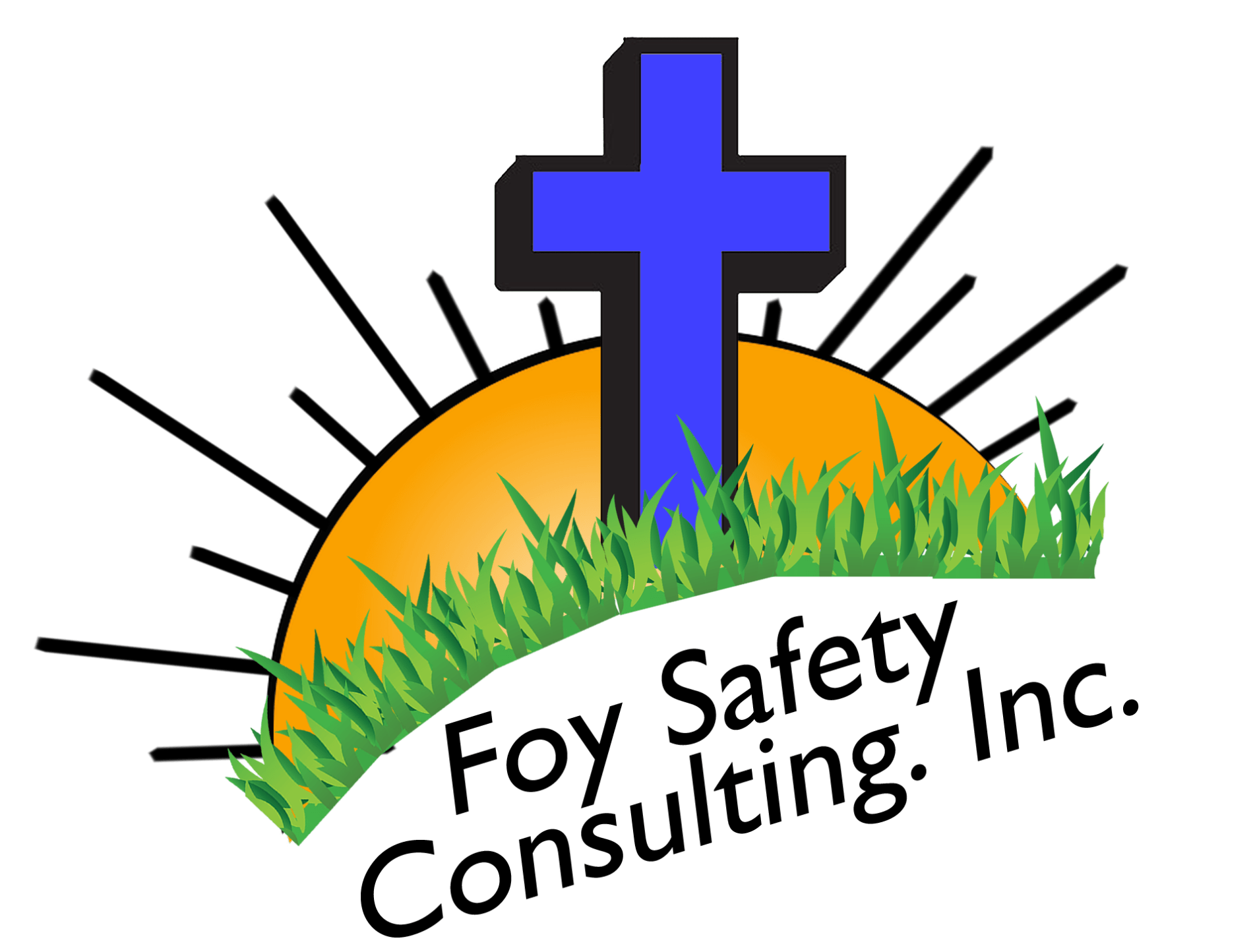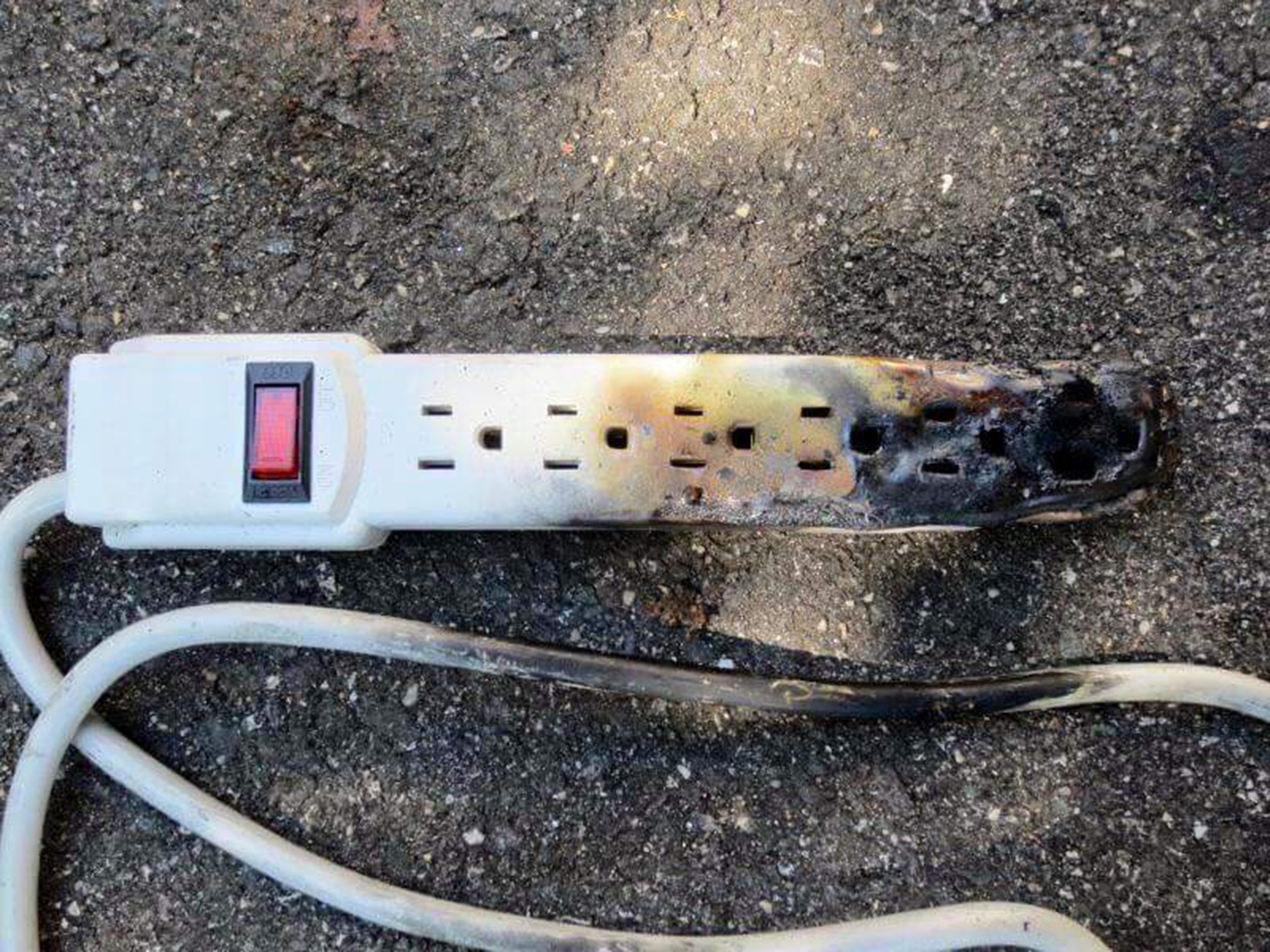Several times every day as I go from job site to job site, no matter what part of the country I am in, I get asked this question, “Why can’t we use power strips on the job site?” To be very honest, the question gets asked only when I inform the worker or the supervisor that it has to be removed from the job site. What are we actually dealing with? At times when questions arise in reference to what is allowed or how something can be properly used, a company will write a letter to OSHA for their professional interpretation. This topic was addressed in a Letter of Interpretation several years ago. It and many other Letters of Interpretation are available to the general public at www.osha.gov. In this letter we find the following:
“Power strips” (as they are most commonly referred to) “Surge/Spike Protectors” or “Portable Outlets,” typically consist of several components, such as multiple electrical receptacles, on/off power switch, circuit breaker, and a grounded flexible power cord. One nationally recognized testing laboratory, Underwriters Laboratories (UL), refers to power strips as Relocatable Power Taps (RPTs) and, in its “General Information for Electrical Equipment Directory” (sometimes called the UL white book or UL Directory), describes RPTs as “relocatable multiple outlet extensions of a branch circuit to supply laboratory equipment, home workshops, home movie lighting controls, musical instrumentation, and to provide outlet receptacles for computers, audio, and video equipment and other equipment.” Power strips may contain other electronic components intended to provide electrical noise filtering or surge protection. UL defines and lists such devices in UL 1283, Standard for Electromagnetic Interference Filters and UL 1449, Transient Voltage Surge Suppressors (TVSS); TVSSs are dual-listed by UL and meet the requirements of UL 1363, Relocatable Power Taps. Now, this is how Underwriter’s Laboratory addresses this piece of equipment. When you look at the uses provided above, “construction sites” are not listed.
OSHA Standards
Let’s look a little deeper into both the UL and OSHA standards. OSHA’s standard at 29 CFR §1910.303(b)(2), Installation and use, requires that “Listed or labeled equipment shall be installed and used in accordance with any instructions included in the listing or labeling.” Manufacturers and nationally recognized testing laboratories determine the proper uses for power strips. For example, the UL Directory contains instructions that require UL-listed RPTs to be directly connected to a permanently installed branch circuit receptacle; they are not to be series-connected to other RPTs or connected to extension cords. UL also specifies that RPTs are not intended for use at construction sites and similar locations.
Power strips are designed for use with a number of low-powered loads, such as computers, peripherals, or audio/video components. Power loads are addressed by 29 CFR §1910.304(b)(2), Outlet devices: “Outlet devices shall have an ampere rating not less than the load to be served.” Power strips are not designed for high power loads such as space heaters, refrigerators and microwave ovens, which can easily exceed the recommended ampere ratings on many power strips. (I would also include grinders, circular saws, heavy duty drills, and various other heavy-duty power tools.) They must also meet the requirements of §1910.305(g)(1), Use of flexible cords and cables. For example, the flexible power cord is not to be routed through walls, windows, ceilings, floors, or similar openings.
Both OSHA and UL have been very clear on restricting the use of “power strips.” Today with flexible power cord manufacturers you are able to buy extension cords with a 3-way female end as well as a short 18” single to 3-way extension to plug onto the end of a regular extension cord. I know most of the “power strips” are far less expensive, but we are obligated to understand and know the limits and restrictions of any piece of equipment we decide to use on our job sites.
If you have questions about what Foy Safety can do for your company, consider visiting our FAQ page! If you cannot find the answer there, write us an email or give us a call!
Stay Safe,
Terry L. Foy
President
Foy Safety Consulting, Inc.


